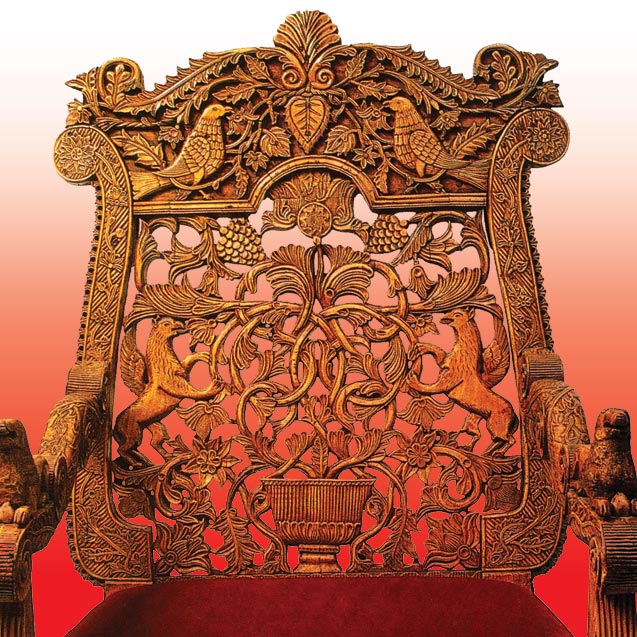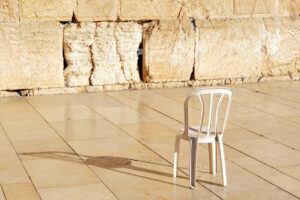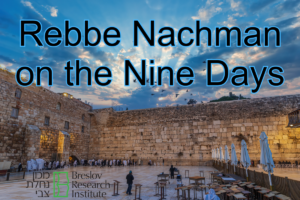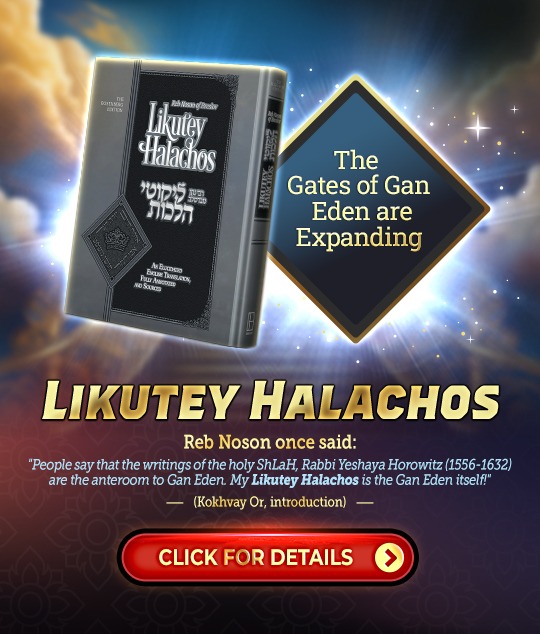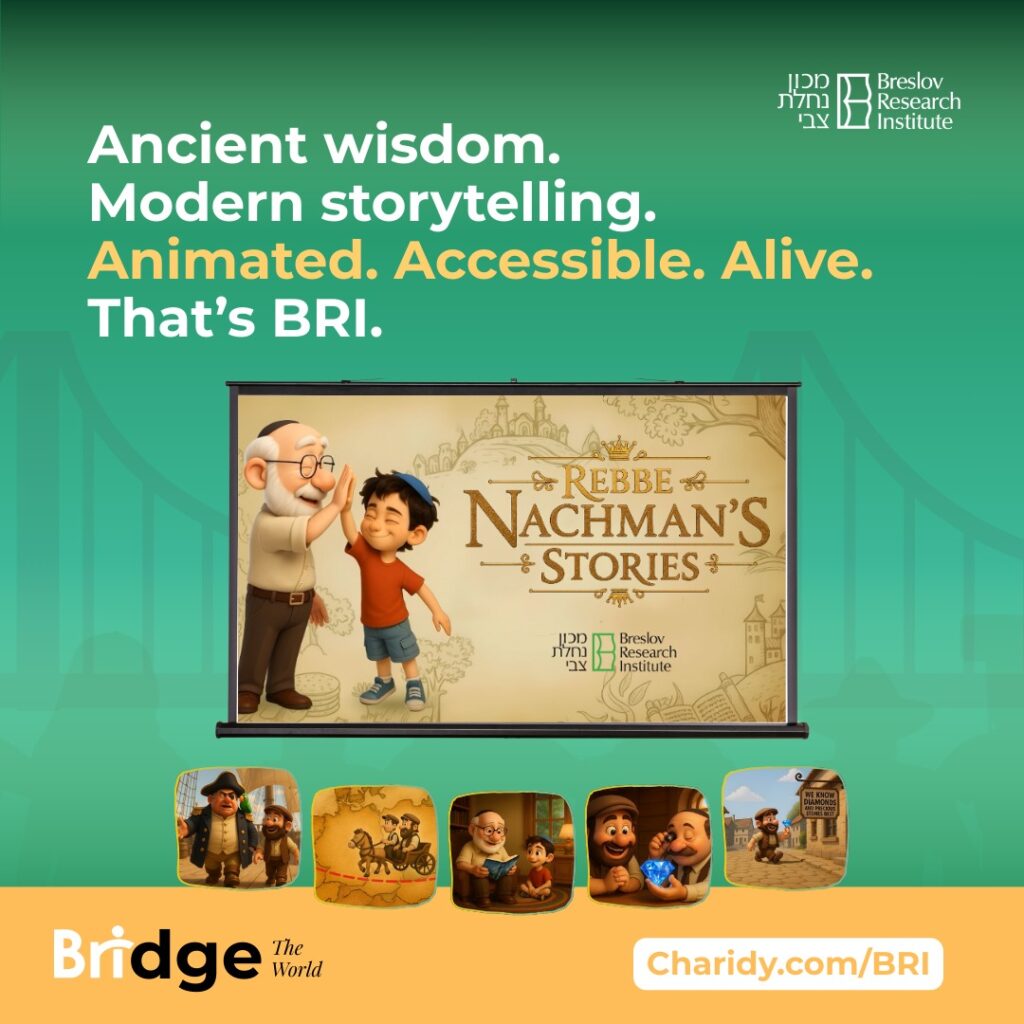Teach Me More!
We’re used to thinking of Rebbe Nachman as a fully-formed tzaddik, but he actually learned in school, in the traditional Eastern European cheder, together with other children.
Every class has its spectrum of students – some are sharper, some are weaker; for some, paying attention comes naturally, while others are distracted by every passing breeze. The small cheder of Rebbe Nachman’s childhood in Mezhibuzh was a kind of one-room schoolhouse, and a single melamed (teacher) had to attend to the diverse needs and abilities of every boy in attendance.
Parents would pay a small sum to the melamed to educate their children. A melamed tended to be poor; with only a few children in a class, it was difficult to earn a decent living.
One day, little Nachman approached his melamed with an offer that was difficult to refuse.
“I want so badly to learn,” he said. “If I pay you extra, will you spend more time with me? I would pay three big coins for every page of Talmud that you teach me!”
The melamed was taken aback. Since when had a student offered to pay him extra to spend more time at his studies? Usually, the children fled from him as soon as school was out!
The melamed bent down to Nachman and asked with a smile, “Where did you get money to pay me, my child? How did you become so wealthy?”
Little Nachman had a ready answer. “Oh, it was easy! Every once in a while, my mother gives me a few pennies to buy myself a treat—a fruit or a cookie from the baker. But I don’t need sweets. I would much rather pay you to learn with me!”
Rebbe Nachman grew up in a home of tzaddikim, and his father, Reb Simcha, maintained an extensive library containing works of revealed and hidden Torah. With his love for learning, Nachman thrived in this environment, filling himself with Tanakh, works of Jewish law, and deeper sources. One, in particular, was a great favorite of his: the Reishit Chokhmah, which instills fear of Heaven. About it, Rebbe Nachman attested, “I learned the Reishit Chokhmah far more times that I can count!” His early studies built him into the tzaddik he would become.
Based on Ohr HaOrot I, pp. 52-55
- 0 comment


